Juniper in the Urals: suitable varieties, planting and care
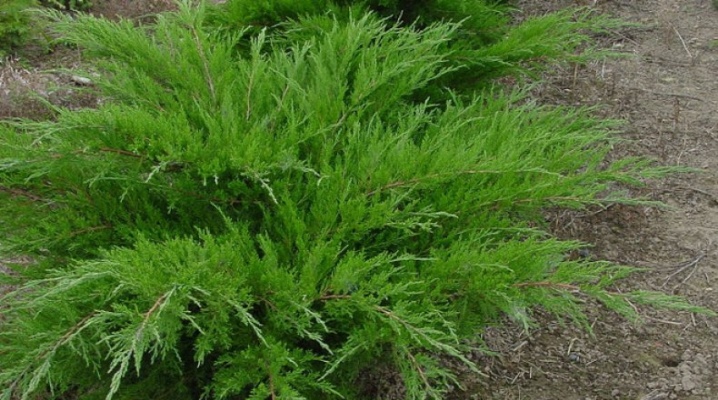
In the Urals, you can use certain varieties of juniper that do well in the climatic conditions of this region. They have different useful properties and are used not only for decorative purposes, but also for picking edible berries.
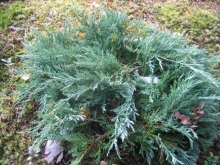
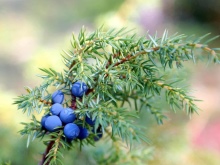
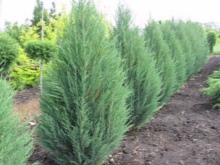
Where does juniper grow?
In the natural conditions of the Ural region, different types of juniper grow, which are used to decorate city parks and squares. Some of them are used as medicinal drugs. The berries of Siberian and common heather, considered edible, as well as its branches, are used as seasonings for meat dishes and pâtés. Recipes for juniper jam and syrup are also well known.
In the forests of the Urals, there are both juniper bushes and trees up to 2 m high.
Common heather is the most widespread type, it is a creeping shrub. It grows in deciduous, coniferous and mixed forests, but also occurs in the mountains of Kruglitsa and Jurma.

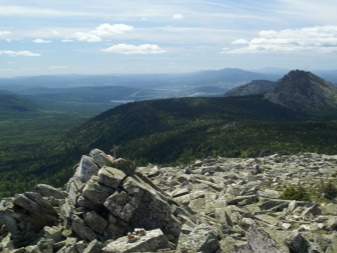
Veres varieties for the Urals
For growing in the Ural climate, different varieties of this coniferous crop are suitable, the general characteristics of which are high winter hardiness, resistance to drought and unpretentious care.
- Columnar Chinese Veres "Blue Arrow" - a large tree up to 5 m high and with a crown diameter of 1 m. The plant has beautiful blue needles, branches grow upward, the culture is highly frost-resistant. Scope - hedges.
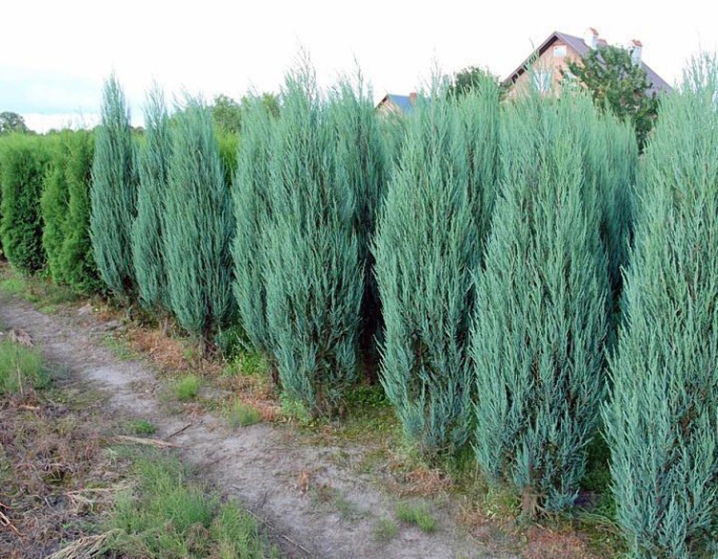
- Blue scaly juniper "Meyeri" has a height of 3 m, the volume of the aboveground part is 2 m. The tree is not afraid of low temperatures, prefers loose and light soil.
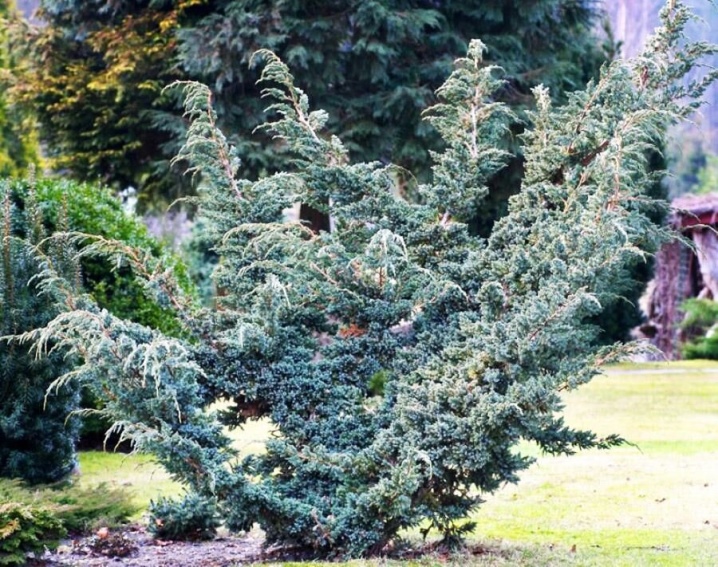
- Ground cover shrub "Arcadia" - the plant is not susceptible to gassed air, tolerates frost well. He has green needles of a light shade. With a crown diameter of 2.5 m, the height of the "Arcadia" is only 0.5 m. The use is mainly associated with the creation of tightly closed group plantings as a curb.
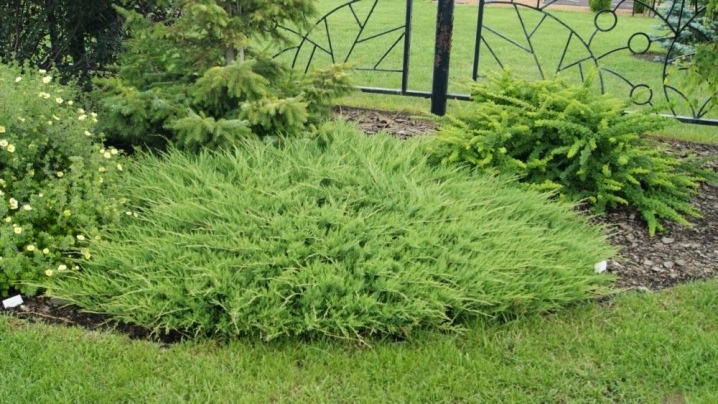
- Tall juniper "Skyrocket" it has a narrow crown and a height of 10 m. This winter-hardy species can be cut. The needles of the tree are blue.
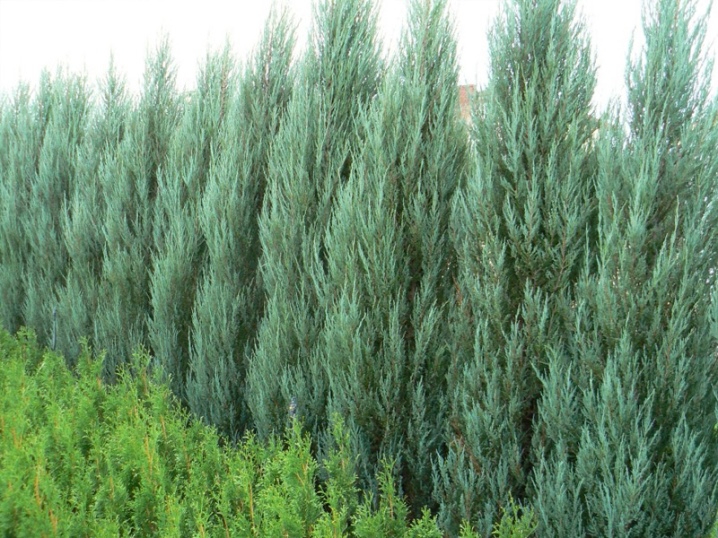
- Dwarf Veres - "Glauka" grows horizontally in relation to the surface of the earth. This is a beautiful ornamental plant that can be used in landscape design.

Also in the Urals, you can grow "Cossack" juniper, reaching a height of 1.5 m, with branches creeping along the ground. Like other plant species, it tolerates frosty winters well, is resistant to drought, and is unpretentious to the composition of the soil.

Reproduction of juniper
Various methods can be used to breed a plant. With the exception of growing from seed, they can be used even by novice gardeners with no experience.
Seed method provides for the collection of plant seeds, which are previously disinfected in a permanganate solution, and then placed in liquid humic fertilizer for 2 hours, which serves as a growth biostimulator and strengthens the culture's immunity. In May, in warm weather, seeds are sown in open ground and before the emergence of shoots moisten the earth, preventing it from drying out.
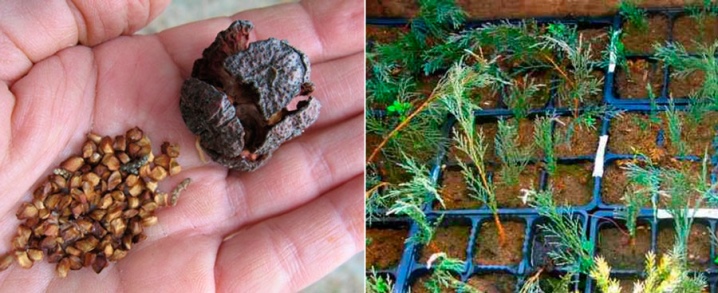
You can propagate heather using cuttings.
- To do this, cut twigs 12 cm long with a "heel", clean the lower part of the needles and soak in a stimulant solution for root development for 24 hours.
- The soil for the cuttings should consist of peat and sand; containers are filled with it, where the seedlings are placed to a depth of 3 cm.
- Then you need to water the plant and cover it with a film. In greenhouse conditions, the juniper will stay for 1.5 months, it is desirable that the temperature in the room is maintained at + 21-22 degrees.
- To prevent the appearance of mold, every 5 hours you need to ventilate the heather by lifting the film.
- After rooting, after 60 days, the branches are transplanted into separate containers. Three-year-old bushes can be planted in open soil.
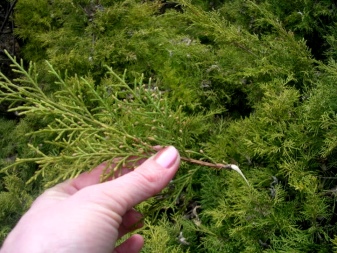
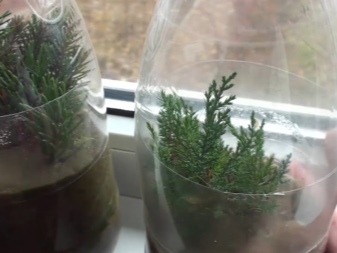
An uncomplicated way of reproduction is by layering. Suitable for this are the lowest branches of the plant, which are closest to the ground. An oblique cut is made on the branch, then the shoot is bent to the soil and, fixing it, they fall asleep. After the branch gives a root, it is cut off with garden shears and transplanted to another place. The procedure can be carried out in the spring and until mid-July.
You can do it easier and buy a young plant for planting in a horticultural center. All that remains is to plant it correctly.
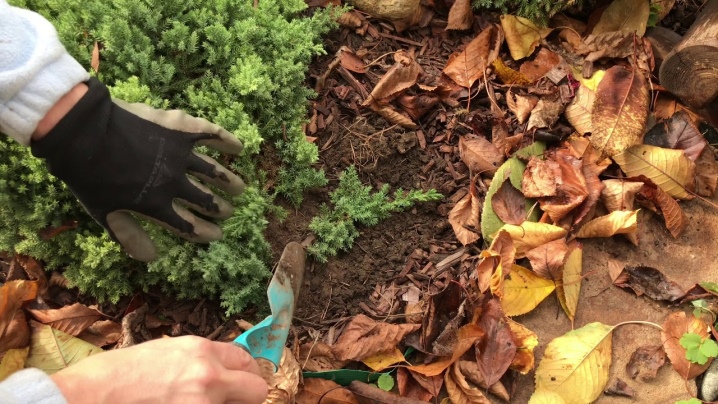
Landing features
Juniper grows and develops well in the Urals if conditions are created for it similar to natural ones. This means that plant species growing in lowlands cannot be grown on hills and hillocks, and mountain varieties cannot be grown on moist soils, in hollows and ravines. In general, heather loves an abundance of sun, but during periods that are too hot, it is desirable to have partial shade. It is unacceptable to place the plant completely in the shade, as it will lose its unique appearance and color.
The soil suitable for Siberian juniper is sand and sandy loam soil. If the soil contains a lot of clay, it must be diluted with coarse river sand.
For an ordinary, Cossack and Central Asian species of a plant, too acidic soil is destructive. High acidity can be neutralized with dolomite flour, chalk and lime. Some species prefer a mixture of peat and sand.
The optimal time for planting is spring and cool weather, so you can start planting immediately after the snow melts. If the plant is placed in the ground later, the needles of a young bush can burn out in the sun.
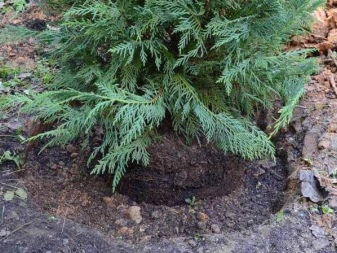
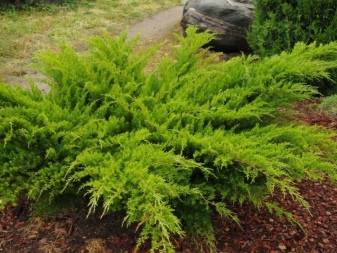
Landing consists of the following steps.
- A landing hole is prepared in advance, the dimensions of which are 1 mx 1 m. The depth of the hole should have a diameter that exceeds the volume of the roots of the juniper.
- Large pebbles, sand and broken brick are laid at the bottom of the pit, forming a drainage layer of 20 cm. A little earth is sprinkled on top of it.
- The young bush is lowered into the hole, holding it vertically, gently straightening its root system. In a seedling, the root collar should be located at the surface of the soil, in adult bushes, it should rise 10 cm above the soil.
- At the end, watering is carried out, waiting for the water to be absorbed and poured sawdust, nutshells, peat or pine bark near the trunk as mulch with a layer of 10 cm.
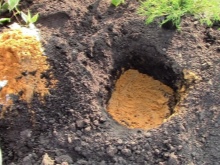
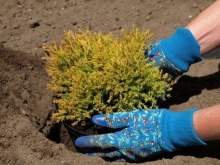

In the future, in order for the plant to grow quickly and take root, you just need to properly care for the ephedra.
How to care?
Caring for a juniper is not burdensome, but to keep the plant healthy and look beautiful, it is necessary to fulfill the minimum requirements for its content.
- After planting in the ground throughout the year, young plants need regular, moderate irrigation of the soil. Older, well-rooted trees are allowed to be watered once every 3 weeks in summer. If it is a hot period, you can increase the frequency of watering.
- In the summertime, spraying the crown with warm water is recommended once a week in the morning and in the evening.
- Fertilize trees and bushes in spring and summer. For this, complex mineral fertilizing and organic matter are used, especially if the plant is growing slowly.
- With the exception of the Skyrocket variety, different types of junipers do not need decorative pruning and may even get sick after such a procedure. Only the sanitary pruning of dry and damaged branches in the spring is relevant.
- Young junipers for the winter need to be covered with burlap, protecting them from freezing and burning out of needles under the sun.At above-zero temperatures in spring, the covering material is removed.
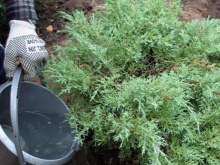
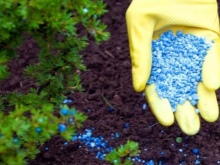

Juniper is a plant considered to be long-lived among other trees and shrubs, and can live for several hundred years. With a careful attitude and a minimum of maintenance, beautiful and evergreen heather will become a wonderful decoration for any local area.
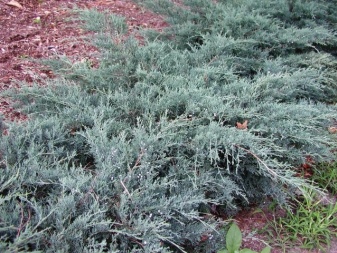
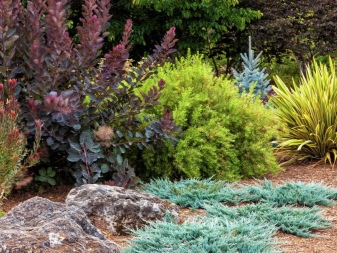
For the varieties of juniper, see the next video.



































































The comment was sent successfully.